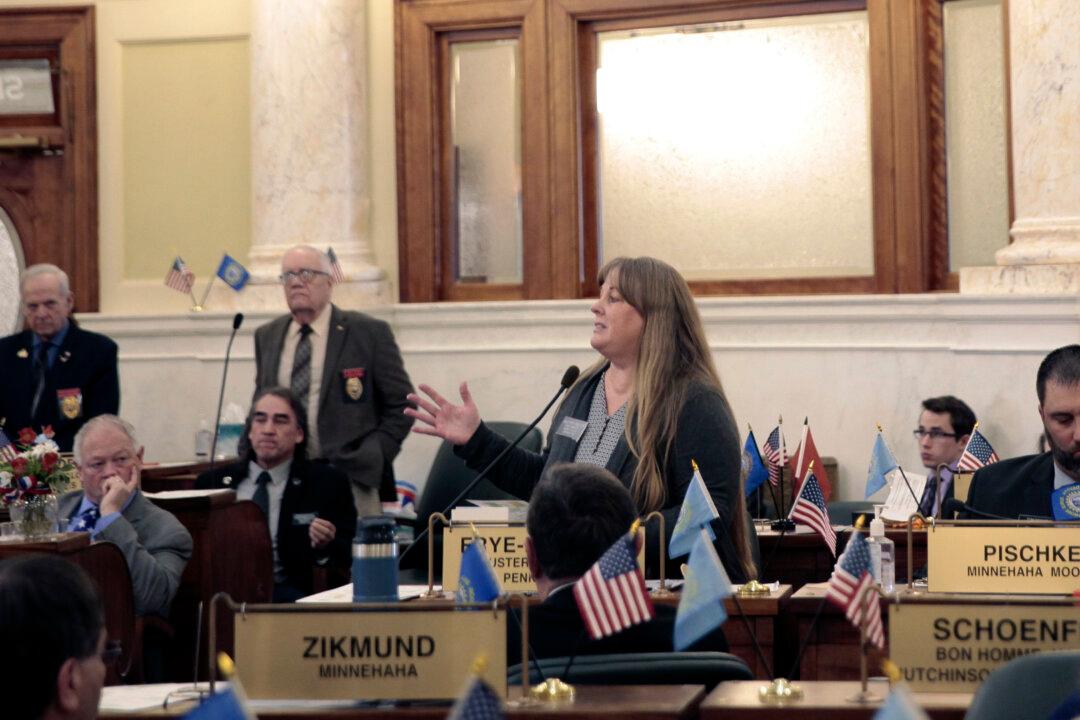Another victim died Friday after being struck by a bolt of lightning near the White House in Washington, bringing the total death toll to three by the end of the week.
The Metropolitan Police Department said on Aug. 5 that an unnamed 29-year-old man injured in the Thursday night strike had also died, while the fourth person, a woman unidentified, was still in critical condition with life-threatening injuries.




